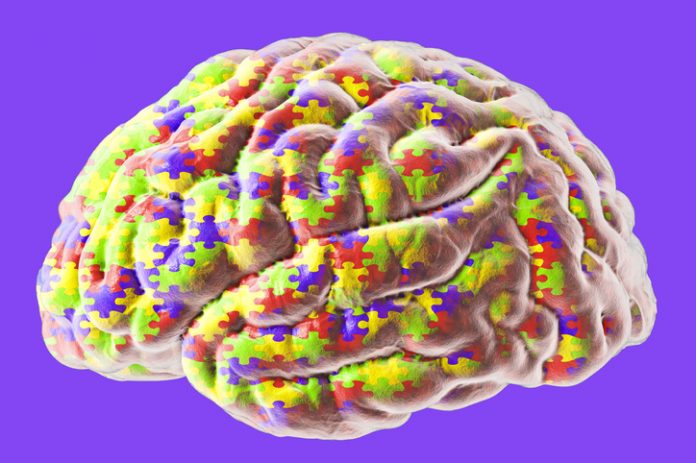
Artificial intelligence can reliably screen for autism using minimal medical and background information collected before the age of two years, research indicates.
The machine learning model outlined by researchers in the journal JAMA Network Open could help overcome the bias and subjectivity that has overshadowed traditional screening tools.
Researcher Kristiina Tammimies, PhD, from the Karolinska Institute in Sweden, said tools such as their AutMedAI machine-learning model were critical for the early risk detection of autism and neurodevelopmental disorders.
“Early identification would also help to get earlier access to genetic testing, which can enhance the chances for personalized medicine approaches for the children,” she told Inside Precision Medicine.
Autism spectrum disorder (ASD) is a neurodevelopmental condition that can include communication and social interaction challenges as well as the presence of specific and repetitive behaviors.
Early detection is crucial for targeted early intervention and improved outcomes, but limitations with current screening tools can lead to delayed diagnosis.
The researchers therefore tested the value of four machine learning models trained using 28 easily obtainable measures from medical records and background history before the age of two years.
The investigation involved information on 30,660 individuals from the Simons Foundation Powering Autism Research for Knowledge (SPARK) study for whom medical screening and background history data were available, half of whom had ASD.
The models were able to predict autism with high accuracy, sensitivity and specificity, the researchers report. Developmental milestones and eating behavior were identified as particularly important predictors.
The XGBoost algorithm, which the researchers termed AutMedAI, achieved the best performance, with a mean area under the receiver operating characteristics curve (AUROC) of 0.895 during tests.
This had a sensitivity of 0.805, specificity of 0.829, and positive predictive value of 0.897, and was used for the remaining analyses.
To ensure robustness of the model, it was tested on 14,790 separate individuals, including 11,936 participants from a later SPARK cohort and 2854 individuals with autism from the Simons Simplex Collection database.
This showed good generalizability of the findings, with an AUROC of 0.790.
The researchers point out that their model was able to correctly identify 78.9% of newly introduced participants as either having or not having autism.
They add: “Among the approximately 21% of participants who were incorrectly identified with or without ASD, significant differences were found when compared with those correctly identified, showcasing that the model can identify those individuals with more symptoms, especially in communication skills and social functioning, as measured by the screening [Social Communication Questionnaire].”





